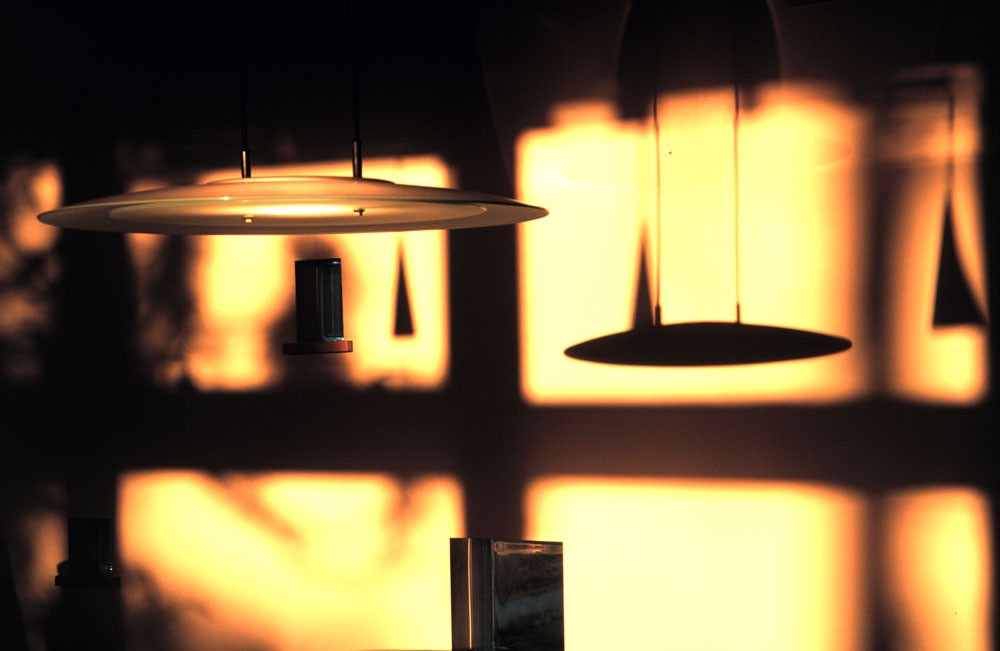Passive House architecture: Healthy, comfortable places to live and work that use a fraction of the energy of mainstream construction. Many people presume this must be all about insulating really well, and while that is important, the amazing performance of a Passive House project actually begins with extremely well controlled ventilation.

As much as forty percent of the energy loss in a building built to current mainstream conventions and codes is lost to air infiltration, the unintended and uncontrolled flow of air both into and out of occupied space. Far more air than most people realize flows through loose construction assemblies, cracks at doors and windows, plumbing vents, mechanical ducts, chimney flues, roof and wall penetrations, etc. Think about what happens when we turn on a bathroom or kitchen fan, or a common clothes dryer; hundreds of cubic feet of air are being exhausted outside. That air has to be replaced with some kind of make up air... air that has to come from somewhere. Our buildings are so porous - air so easily flows in from countless sources - we don't even think about it.
Conventional construction simply overcomes the variability and inefficiency of such drafty buildings with brute force. Environmental control systems are intentionally over-sized to provide a margin of safety for the designer, contractor, and occupants. We wind up spending a substantial portion of our construction budget to purchase and install all that equipment, even as we commit to a substantial ongoing operational budget to pay for the maintenance it will require and, above all, the fuel it will steadily consume. Nationally, we currently spend forty percent of our energy consumption on our buildings.
Passive House architecture takes control of the situation, beginning with controlling the flow of air in and out of the conditioned space. The inside atmosphere is sealed from the outside; although you can open the windows or doors at any time, when they are closed, the building will be sealed; it will perform somewhat like a Boeing product at 35,000 feet. Now, ventilation can be precisely designed and fully controlled. Fresh air will be introduced into the space at an optimum rate, in optimum locations. It will be clean fresh air, having been filtered to the highest level. And it will be thermally managed fresh air, having passed through a ninety percent efficient heat exchange manifold and if necessary, a supplemental heating element powered by a simple fan.
About those cash- and energy- demanding conventional mechanical systems? Passive House design is all about making them obsolete. The idea is to eliminate them. What we create instead is an elegantly simple solution that uses a fraction of the energy, provides healthier air, and is more comfortable.
Passive House design is a holistic endeavor, in which every piece of the puzzle matters and the sum of the total performance is greater than any individual part. The heating and cooling needed to ensure thermal comfort in the space will be forensically analyzed by a detailed computer model that dynamically considers how the architecture will interact with the weather data specific to its location, and for the project to be certified as a Passive House project, the energy requirements for heating and cooling will held to extremely minimal levels. The building envelope will undoubtedly employ very high quality doors and windows, relatively high insulation, and be free of conditions known as 'thermal bridges' that provide easy paths for energy to enter or leave the conditioned space. But everything begins with taking control of the building ventilation.
"Conventional furnaces and air conditioners are old technology - an obsolete approach."
~ Sam Rodell
